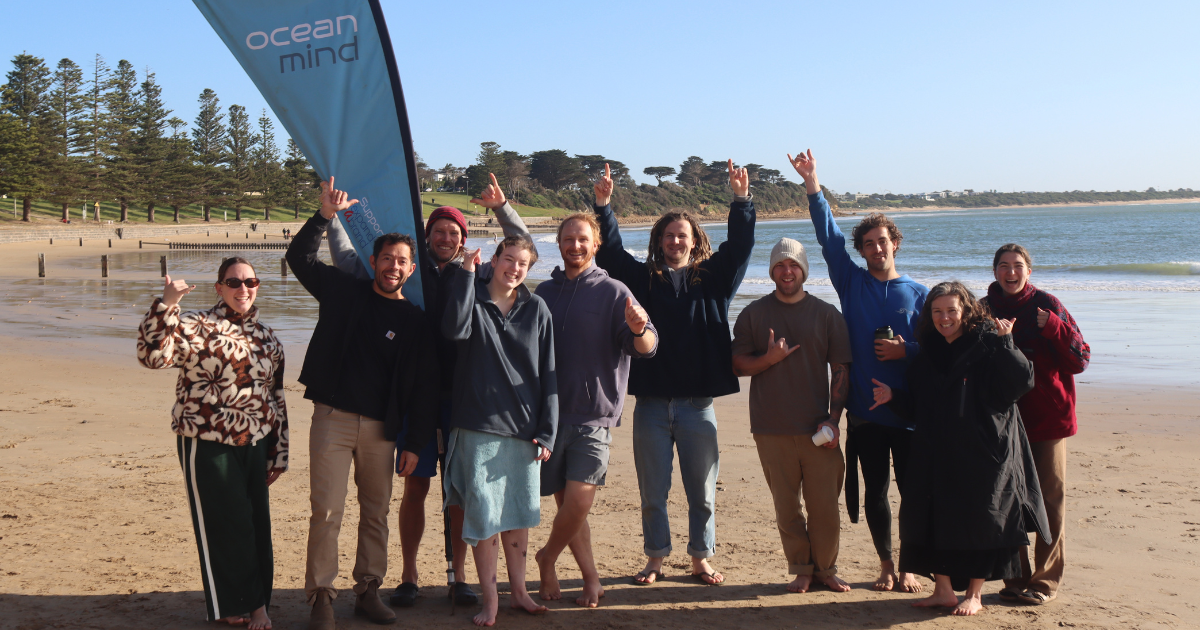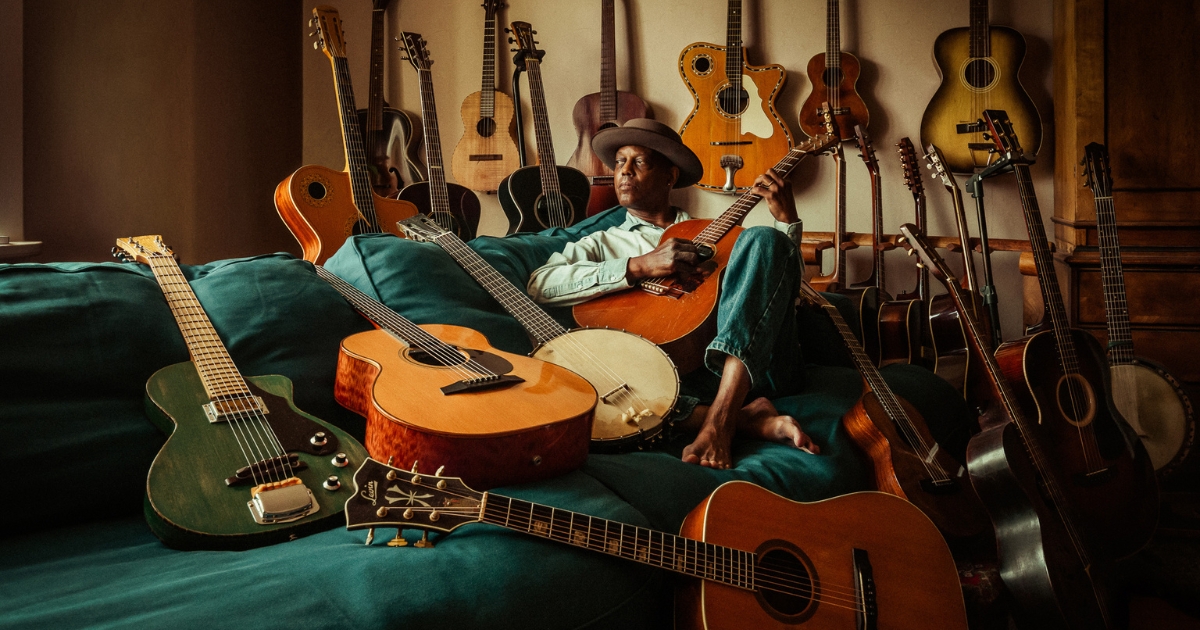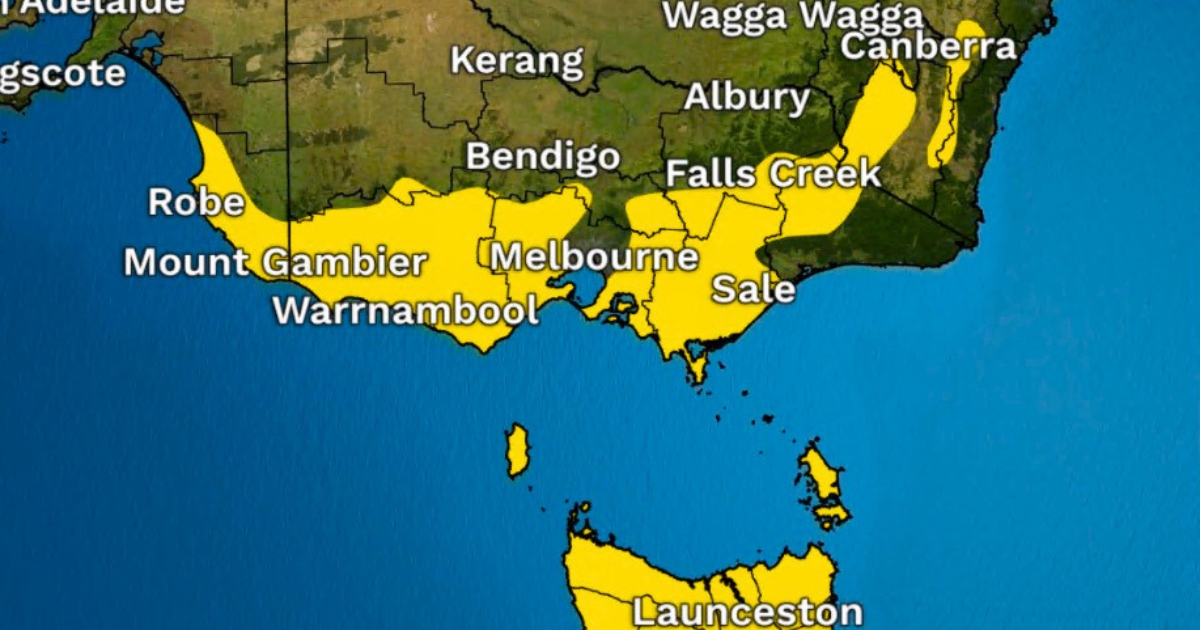Diving deep for inner peace
DOZENS of metres beneath the ocean’s surface, with scarcely any light and no source of oxygen, Torquay chiropractor Michael Cheesman made a discovery – he found his inner peace.
For Michael, freediving offers an experience that cannot be replicated on land or in the shallows.
“It’s the opportunity to be still and go deep, that’s what I really enjoy. It’s like another realm,” Michael said.
“You get to maybe 25-30 metres, and that point you are negatively buoyant, so you’re basically just falling. You tuck yourself in for what’s called freefall, and you fall towards the bottom.
“At that time, you’re just focusing on the sensation, on the equalisation, just keeping yourself tuned in to that aspect.
“You’re just really still, you’re mentally focused and you just tune right into what you’re doing and it’s all about what I’m doing right here right now. I really love that experience.”
It has been a journey for Michael to find this serenity.

He said he first developed an interest in freediving when diving for crayfish for a friend.
“One day I went diving with Greg Pickering (an elite freediver) and I was just blown away by what he saw. He just disappeared into a cave for forever, it seemed, and came out with a crayfish.”
Michael’s interest was piqued and he proceeded to book a course in freediving.
He said it was crucial to not simply dive in the deep end.
“Anybody who wants to freedive, you do need to do some training, you do need to have had some instruction. That’s the safe way to do it.”
Michael quickly discovered a knack for the sport. At one stage, he held the Australian record for freediving, having plunged 106 metres underwater.
He says there is greater nuance to freediving and achieving such a feat than it may appear from the surface.
“It really is a physical expression of art, like dancing or ballet.
“Honestly, if you said it was 90 per cent mental, I reckon you would be hitting the nail on the head.”
Evidence of this is in the diversity of the people Michael has trained with and learnt from.
He said the best divers varied greatly in their physicality and how rigorous a training schedule they set.
“You’ve got to work out what’s best for you and who you are. That’s the beauty, really, like every art there is an arena for expression.”
Freediving competitions are not simply a case of who can dive the deepest.
Before their dives, competitors state how deep they think they can go. To ensure participants’ safety, this can be no more than three metres below what they have previously done in training.
Competitors will then have to collect tags at the depths they have listed. This adds a strategic aspect to the competition, as divers look to outbid each other while still ensuring they will reach their targets.
Despite this, Michael the people he competes with are “the most wonderful and supportive group”.
He says he has also found freediving helps him in his interactions with his patients.
“What freediving is really about is moderating your stress response and its manifestation in your body.”
He says the breathing exercises freedivers do before going under are particularly useful.
“With freediving, you use your breath to really dial back and slow your heartrate down so you’re in a super-calm, super-relaxed place, and anybody can do those things.”
To Michael, freediving is than not about exhilaration as much as it is meditation.
“Umberto Pelizzari said: ‘The scuba diver dives to look around. The freediver dives to look inside.’ And I think that pretty much sums it up.”


















